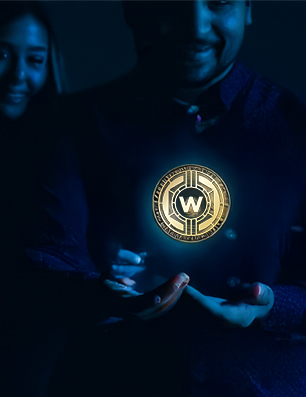- Written by: Vlad Hatze
- Mon, 18 Oct 2021
- United States
Since Ethereum first introduced smart contracts, there has been a growing demand for network usage. Continue reading Post-London Hard Fork, Is Ethereum Killing Itself With High Transaction Fees at DailyCoin.com.
Post-London Hard Fork, Is Ethereum Killing Itself With High Transaction Fees
- High Ethereum network fees have yet to be resolved after the London hard fork
- There are over 160,000 pending transactions on the network
- Large NFT trade volumes on OpenSea are generating exorbitant Ethereum fees.
Since Ethereum first introduced smart contracts, there has been a growing demand for network usage. Etheruem’s underlying transaction fee structure imposed a bidding process that caused transaction fees to skyrocket. The London hard fork was not meant to fix high network fees, at least not just yet. High network fees have been reported as blockchain byproducts, including DeFi, and NFTs have quickly become utilized by network users.
High Fees All Around
The London hard fork and the much-anticipated EIP-1559 only addressed a fraction of the current network issues: fee predictability. Despite that, reports showed disparities in the network after DeversiFi paid $23 million in fees for sending $100,000 on Ethereum. Although the miner that received the unusual fee returned the amount, DeversiFi noted in their post mortem that the fee was caused by an issue on EthereumJS’s decimal processor.
Regardless of any code errors, the network cannot resolve its fee issue thanks to the growing demand on the network. At the time of writing, there are over 160,000 pending transactions on the network. In addition, a surge in DeFi and NFTs is causing the growing demand for Ethereum network allocation, as data from bitinfocharts shows that average transaction fees have reached 0.009 ETH and peaked at $59 in the last months.
The NFT Dilemma
Data from DappRadar indicates that in the past 30 days, transactions on OpenSea reached a total of $3 billion, while in Q3, NFT transactions amounted to $10.67 billion. As DappRadar reports, 77% of all NFT transactions took place on the Ethereum blockchain. Etherscan shows that NFT sales on OpenSea amounted to $4.47 million in fees in the last hour alone.
With NFT transactions dominating much of the network activity, DappRadar notes that such events could be “killing DeFi.” Thus, gas wars are becoming a concern as more entities join the NFT boom, with no resolution for Ethereum fees until 2022. Twitter user Samuel.eth notes that with Coinbase onboarding 70 million users for NFTs and OpenSea launching their mobile app, there is a possibility of higher fees on the network.
On The Flipside
- Users are still charged a fee even if the transaction fails to succeed.
- Ethereum 2.0 could end all “Etherum Killers” once it successfully migrates to a PoS mechanism.
Market Dominance
Ethereum fees have become normalized in the industry as users understand the fee versus demand ratio. Out of 3,658 dApps registered by the State of the DApps website, Ethereum amounts to 2,865 active dApps. Moreover, Etehreum also accounts for the most significant number of smart contract calls, with 4,820 calls in 24 hours with 85,040 daily interactions.
Although gas fees might be detrimental to onboarding new users, Ethereum’s first-mover advantage denotes more demand for Ethereum-based applications and byproducts than any other platform.
Twitter user NebraskanGooner notes that SOL and AVAX are alternatives. Alexander Mitrovich states that despite the high fees on the network, blockchain products, including NFTs, “were born on Ethereum and will continue to play an important role.” It is “essential” that any new ecosystem iteration is Ethereum-compatible.
In short, Ethereum fees are exorbitant and are scrutinized by every Gen 3 blockchain adoptee; however, large transactions and volume on Ethereum reinforce the fact that Ethereum is an in-demand network with a lot of liquidity.
Why You Should Care?
Other ecosystems such as Solana, EOS, TRON, and Binance Smart Chain are offering lower fees and faster transaction rates. However, Etheruem is a proven blockchain that has become the gold standard in the blockchain space.






